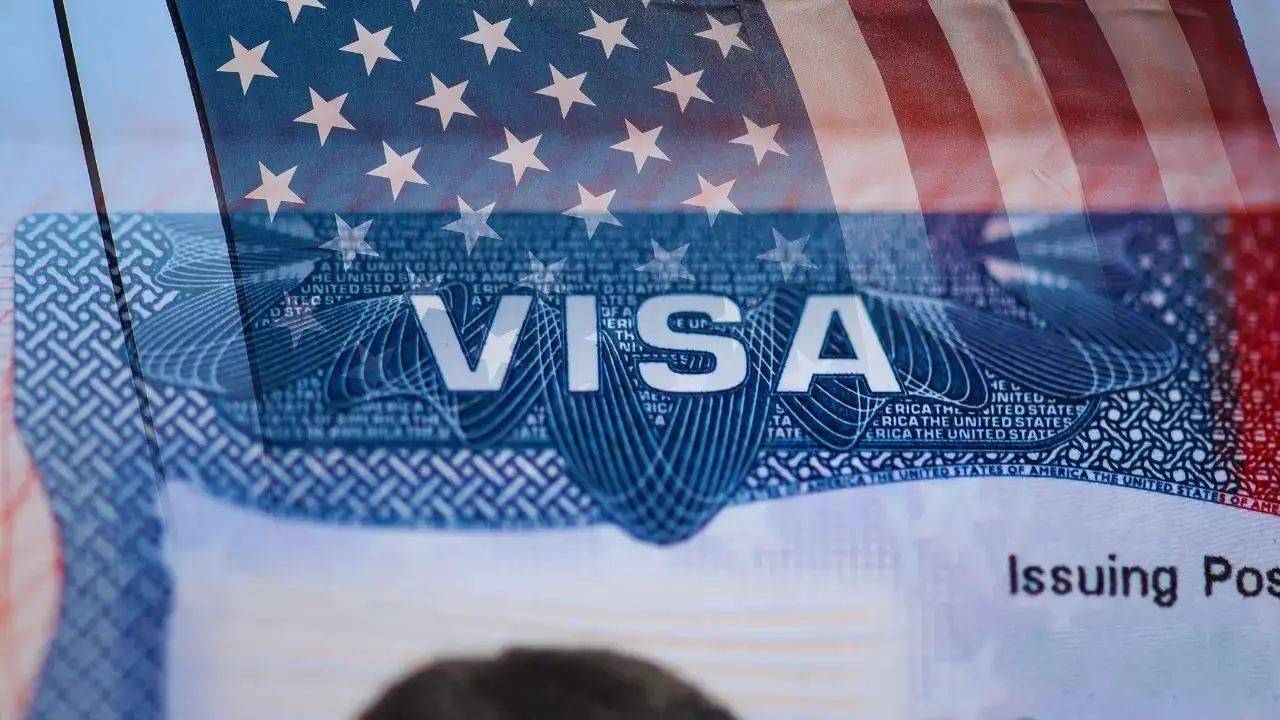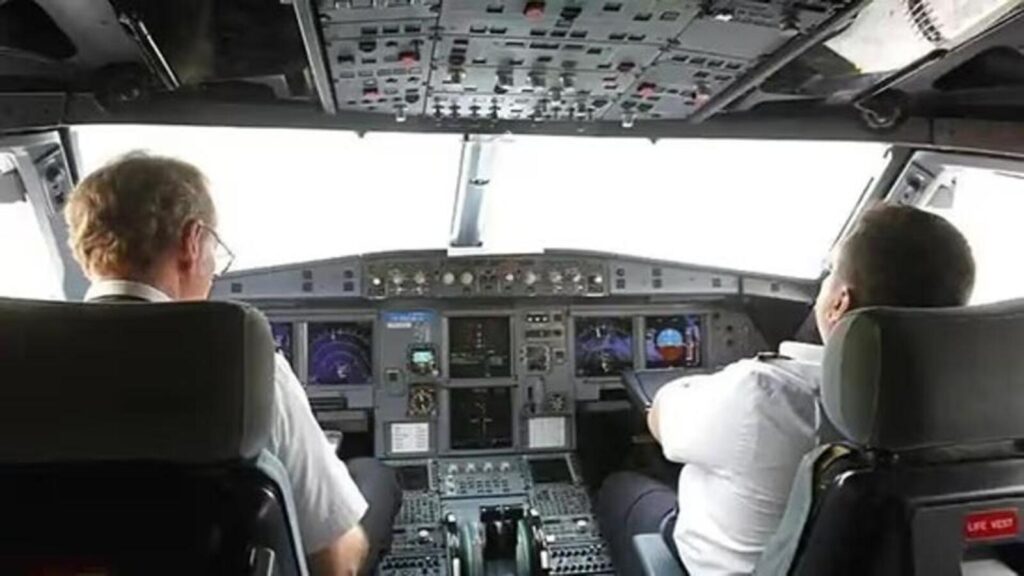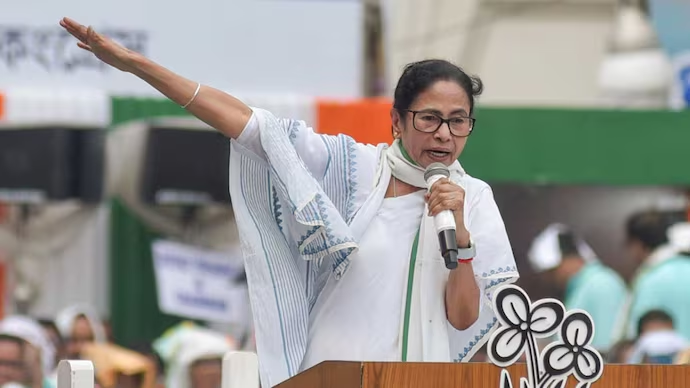Now Reading: Visa Overhaul: 55 Million Holders Under New U.S. Scrutiny Amid Crackdown
-
01
Visa Overhaul: 55 Million Holders Under New U.S. Scrutiny Amid Crackdown
Visa Overhaul: 55 Million Holders Under New U.S. Scrutiny Amid Crackdown

The U.S. has launched an aggressive review of over 55 million visa holders, part of an expanded immigration enforcement strategy. This “continuous vetting” extends beyond new applicants to include tourists, students, and temporary visa holders, aiming to revoke visas for overstays, criminal behavior, security threats, or even offense found on social media. The move marks a major shift in how legal immigration is being monitored.
What’s Changing With Vetting
The government is ditching its previous reactive approach—where visa holders were reviewed only after issues surfaced—in favor of constant monitoring. This includes checking social media for hostile or antisemitic content and could trigger immediate visa revocation if anything suspicious emerges.
Wider Reach and Consequences
This policy doesn’t just affect a few; it covers everyone with a U.S. visa, even those outside the country. Suspicion of law violations can lead to deportation, even if the visa was issued years ago.
Mixed Response from Experts
Officials say enhanced vetting protects national security. Critics, however, warn this could lead to biased targeting and free speech suppression—especially when social media posts alone may become grounds for revocation.
Broader Immigration Moves
The crackdown also includes halted visa issuance for commercial truck drivers over public safety concerns. Meanwhile, over 6,000 student visas have already been revoked—some tied to overstays, others to alleged terrorism-related or protest activities.
What It Means in India
Indian students, tourists, and professionals could come under closer scrutiny—even digital footprints matter now. For families and aspirants from Tier-2 cities, this adds an extra layer of uncertainty to U.S. plans. What was once a procedural formality may now feel like navigating shifting red lines.
Conclusion
The administration’s new “continuous vetting” marks a dramatic shift in U.S. immigration policy. Legal visa holders now face ongoing evaluation based on behavior and online activity. As the scope widens, clarity, fairness, and legal checks will be key to maintaining trust among the millions affected—including those in India watching global mobility change in real time.

























